|
With the conclusion of my three-month adventure inside the TRIP lab imminent, I can’t help but be amazed by the amazing things my fellow TRIP researchers and I have accomplished alongside Dr. Purdy and Dr. Leystra. Throughout these last three months, TRIP has been an invaluable experience that has allowed me to take the first step into my future profession.  My independent project focused on exploring the cognitive impacts of overdoses of addictive amphetamines like Adderall. I wanted to explore how these stimulants affect cognitive function and if they have any long-term impacts on the brain. To investigate this, I used the Larval Memory Assay. As I conducted my experiments, I discovered countless unexpected challenges that came along with researching this topic. The process was tedious (especially training all the flies), and at times it felt like I was never going to get accurate results. However, I was determined to see it through to the end and obtain some real results.Through it all, I learned a lot about the scientific method, data analysis, as well as collaboration. I also developed a better understanding of the ethical implications of researching drugs and the responsibility that comes with conducting studies dealing with addictive substances. Although my journey in the TRIP lab is coming to an end, the knowledge and experiences during TRIP will stay with me for a lifetime. I’m grateful for the opportunity to have explored such an important and interesting topic and for the guidance and support of Dr. Leystra, Dr. Purdy, and my fellow researchers.After all is said and done, my TRIP has been an experience like no other and I will cherish the times I spent in the lab for the rest of my life!
0 Comments
I can’t believe we are at the end. The past few months in the lab just flew by! The TRIP experience has made me more excited about science and working in the lab! 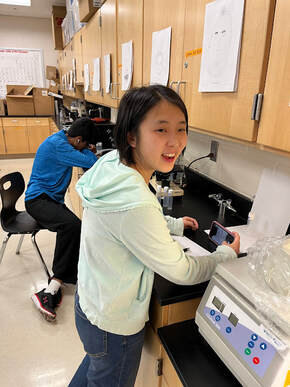 As mentioned in my previous blog post, for my independent project, I investigated the effect of CoQ10 and red yeast rice (two supplements taken to promote heart health) on overall health. To determine if the flies were healthy, I measured fly motility using the negative geotaxis assay and collected pupal developmental data. I was surprised to find that red yeast rice actually decreases fly motility and decreases % eclosion, inhibiting pupal development. Perhaps red yeast rice has side effects similar to statins and should be taken with caution. Overall, TRIP has been such a rewarding experience! I learned how to be resilient and persevere through difficulty. Besides working in the lab, I learned how to bring scientific research to life by telling a compelling story. Although I will definitely miss going to the TRIP lab every Saturday afternoon, I am excited to apply the knowledge and skills I gained to tackle new scientific problems in the future. Lastly, thank you to Dr. Purdy, Dr. Leystra, TAs Austin, Keith, and Jenan, and my TRIP classmates for this incredible experience!
The end is near! With six weeks down and six more days to go until the symposium, it’s unbelievable that my TRIP journey is coming to an end. Before the program, I barely knew the difference between a fruit fly and a house fly, and now, I’ve gotten comfortable enough to sort over 1,000 flies and perform various assays successfully! When we last spoke, I intended to investigate whether glyphosate could have long-term effects on the health and female fertility of future generations. Little has changed since then, however, I decided to conduct the larval motility assay in addition to the female fertility.  To do so, I set up four vials for each replicate. The first one served as the control, the second was contaminated with glyphosate, the third contained turmeric, and the fourth had a mixture of both drugs. Throughout the six weeks, I collected several metrics such as development, overall health, and fertility. For each replicate set up, the larval motility assay was performed on day seven. This assay looked at the impact of glyphosate and turmeric on 3rd instar larva. Additionally, female fertility for the P1 (Parent) Generation was recorded on the same day. Although a lengthy protocol to carry out, it refined my microscope skills in order to count the unhatched versus hatched embryos! The following week, I performed the female fertility assay again, only this time, I did it on the F1 (Offspring) Generation to determine any long-term effects. What I found was quite shocking. The adult flies who had been transferred to this new environment saw slight to no improvements in female fertility. However, their offspring saw a significant decrease in fertility, with these flies producing a quarter of embryos as compared to their parents. Furthermore, the larva’s overall health declined as compared to the control when exposed to glyphosate. Turmeric was not able to counter these effects, and in fact, the combination of both the pesticide and natural spice made matters worse in regards to offspring fertility. In a broader scope, these results indicate and confirm my previous suspicions. Exposure to pesticides doesn’t seem to have an effect on female fertility, if the person hasn’t grown up on it. However, the future generations seem to be impacted the most, and natural supplementation doesn’t seem to negate those effects. But ultimately, I’ve come to the conclusion that although this journey is coming to an end, another begins! TRIP has not only equipped me with new lab skills but also the ability to collaborate with others and challenge myself. I’ve learned so much more than what I had anticipated, and I couldn’t have done it without our instructors, the TAs, and my labmates. I hope to continue finding the intersections between my passions and using science as a means to further explore them. Thank you for coming along the ride, and I can’t wait to see where my next TRIP is!
Hello there, I’m glad you found me a third time! It’s sad to say this will be my final blog post, although I would like to take this as a moment to reflect on everything that I’ve learned. Although it may have only been a few weeks since I last wrote, it feels like it’s only been a few days. Despite all of the time-consuming fly sorting and assay performing, this experience ended all too quickly. Since the last time I wrote, I started my independent research project, worked on conducting research in the lab, and compiled all of my results into a massive spreadsheet.  As a reminder, I tested different doses of monosodium glutamate (MSG), a common food-additive prevalent in a vast variety of foods including my favorite Chick-fil-A sandwiches and Doritos. My family has cautioned against eating foods with MSG for much of my life because of its alleged effects on health. I put these claims to the test by observing MSG’s effects on development, which also extended to fertility in male and female fruit flies. I systematically set up my four fruit fly vials, each with varying amounts of MSG in their food. I extrapolated the amount of food that a typical human would consume down to a fruit fly, with the help of Dr. Purdy and Dr. Leystra. Varying the dosage of MSG would allow me to see an accurate representation of how different doses may cause different results. I put those flies to the test by carefully monitoring their development from the vials, counting how many offspring each condition had every week. I also executed the female and male fertility assays in order to see how each vial’s flies have been reacting in regard to their fertility. 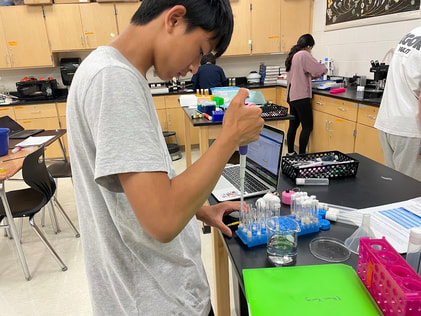 The female fertility assay, a three-hour-long process of throwing a bunch of your fruit flies into a tube and seeing how many embryos appear, sought to detect if a correlation existed between the dose of MSG and the number of embryos. This otherwise tedious chore certainly seemed quicker and more fun with the support of a few of my peers completing similar tasks. Somehow, this on-the-surface repetitive errand did not bore me; rather, it excited and motivated me to work further toward my looming goal: completing the experiment and drawing conclusions. The slightly less time-consuming activity of the male fertility assay consisted of placing individual males into vials with a few females. After a week or two, the vials whose males successfully mated and produced offspring were considered fertile. Fortunately for tasty food enjoyers, I found no apparent correlation between the MSG dose and fertility, at least in fruit flies. I have also concluded that fruit flies given high doses of MSG produced, more or less, the same number of offspring as organisms receiving no MSG. From my brief yet formative time spent in the lab, I have gained a plethora of valuable skills such as working with laboratory equipment like micropipettes and sorting fruit flies on CO2 pads. In addition to the physical skills, I have also earned unparalleled skills working with my peers and I must thank them for their continued support in helping me throughout the entire program. And, I have proved, scientifically, that MSG has no obvious bearing on health. TRIP has been a rewarding experience from undivided meetings with professionals to hands-on actions in working with real fruit flies and conducting true experiments. I plan on using these skills sometime in the future and will never forget the invaluable aptitudes that I have acquired throughout the course of this program. I am immensely grateful for Dr. Purdy, Dr. Leystra, all of my TRIPmates, my parents and carpool for driving, and all of those who made this fantastic experience possible. One more thing—I started a challenge to wear a different hoodie for every single week of TRIP. I have done so as planned, although it may have been tougher near the end! Lastly, I would like to thank you, reader, for reading my blog. I am excited to see where this experience will lead me in the future!
I'm incredibly grateful for TRIP, as it has allowed me to gain valuable experience and learn from like-minded peers and incredible TAs: Austin, Jenan, and Keith. I especially want to thank Dr. Purdy and Dr. Leystra for guiding us newbies with such patience and welcoming smiles. I've had so much fun in the lab and TRIP has changed me as a person and as a researcher. This journey has not only strengthened my collaborating skills but has also sharpened my desire to pursue a future in the lab. I'm sure that the end of this TRIP will lead to the start of another. Welp, that's all. This will, sadly, be my last blog post. It's been absolutely wonderful. See you all later!
My third and final blog! How quickly time has flown… almost as quickly as my flies escaping their collection cages. In the last blog, I hadn’t even started my independent project yet and now I’m putting the finishing touches on my presentation for the symposium!
 I initially wanted my experiment to be perfect and expected everything to go smoothly, but I soon learned that not everything goes according to plan—which is normal! The female fertility data didn’t really show any clear patterns but the total number of pupae did show a negative correlation with increasing lengths of exposure to noise pollution. My results might not have been entirely what I expected, but as I’ve learned, the results are not as important as the process. I will definitely miss TRIP, which has become such an integral part of my Saturdays the past couple of months. I might’ve complained (only a little!) about making 12 new food vials and sorting and counting over 400 flies a day, but it was an enjoyable routine. Working on my independent project was such a fun challenge; I’ve learned more than I even realized. Coming up with a research question that I was both interested in and felt was understudied was exciting and rewarding. I think research is so important in teaching a variety of skills and I’m grateful that I had the opportunity to grow, learn, and explore my interests through TRIP.
As I mentioned in my previous blog, I decided to test how curcumin, a polyphenol found in turmeric, affects the inflammation caused by a high fat diet. After doing some research, I found that Americans get more than 50 percent of their calories from low-quality carbs and saturated fat (NIH). Knowing about curcumin’s anti-inflammatory effects, I wondered whether curcumin could lower the rate of fat-induced inflammation. To test this out, I used two different assays: negative geotaxis assay, and the smurf assay. The negative geotaxis assay is used to test the mobility of the flies and find out how active they are. For this assay, I sorted 10 adult male flies into a vial and tapped them down. Flies have a natural tendency to move away from the earth, so when they are tapped down, they will naturally start climbing up. To test how mobile the flies are, I quantified the number of flies that climbed past the halfway mark of the vial in 3 seconds. The mobility of the flies is inversely proportional to inflammation, meaning, the more active the flies are, the less inflammation they have. According to my results, on average, only 10% of the flies that were fed a high fat diet were mobile, while 30% of flies fed a HFD and curcumin were mobile. This shows that the flies that were fed a HFD and curcumin were less inflamed that the ones with just the high fat. But to get a more specific measurement of inflammation and not just mobility, I used the smurf assay. For this assay, I added safe blue food dye to the fly’s food. If the blue remains in the stomach and intestines, there is low intestinal permeability, meaning low inflammation. If the intestinal barriers are broken and the blue color has spread all over the body of the flies, this shows a high intestinal permeability, meaning more gut inflammation. My results showed that about 35% of flies that were fed a high fat diet were inflamed while only 15% of those that were fed both a HFD and curcumin were inflamed. Overall, this revealed that adding the recommended amount of turmeric (or curcumin) to your diet can help reverse the effects of fat-induced inflammation! Although I am sad that my time at TRIP is almost over, I am grateful for the experiences I have gained here and the life-long connections that I have made. I want to say a huge thanks to Dr. Purdy and Dr. Leystra, without whom this opportunity wouldn’t exist. They have opened my eyes to the world of scientific research and encouraged me even more to pursue a career in biomedical science. I also want to thank the TA’s Austin, Jenan, and Keith, who took time out of their Saturdays to help us have a wonderful time in the lab. Lastly I want to thank all of my TRIP peers for making this experience truly unforgettable. Thank you!
Over the past two months, I’ve learned more than I ever could have imagined. From hands-on lab skills such as utilizing various micropipettes, to analyzing data, and even many public speaking skills, TRIP has allowed me to grow not only as an aspiring scientist, but as a person in general. One skill that I learned that I feel has benefited me throughout the program the most is condensing data and information under a time constraint. Throughout my academic career I have often struggled with this topic and through practice with my peers and instructors I have been able to improve by focusing on the things that are important to the overarching idea. 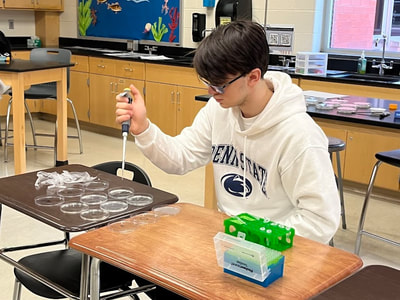 For my independent project I decided to test the effects of increased levels of caffeine on memory, specifically in developing animals. I was inspired to do this project due to the epidemic of caffeine that is present in teens in the United States. Many teens will take in an influx of caffeine through coffee, energy drinks, or pre-workout to combat the effect of constant sleep deprivation that is unfortunately common in most teens nowadays. A majority of these caffeine-addicted teens will take way over the recommended daily dosage of caffeine consumption (400 mg or about four cups of coffee) without realizing that there may be serious side effects. I wanted to bring awareness to these side effects and I decided to study the effect of increased levels of caffeine on memory due to many teens having to memorize abundant amounts of information to be successful in their classes. To test my experimental question, I set up four independent vials with increasing concentrations of caffeine: a control with no caffeine, a concentration of the recommended daily dosage, five times the concentration of the recommended daily dosage, and ten times the concentration of the recommended daily dosage. After seven days of living in an environment rich in caffeine concentrations, I extracted ten larvae from each vial and cleaned them off in water to remove any excess food. By doing this I’m motivating the larvae to seek out food. I would then place the larvae into an agar plate with sugar and a banana scent on it. Putting a banana scent on the sugar plate allowed me to associate sugar (food) with the scent. I would also place the same larvae into a plate without sugar and with a pineapple scent to associate no food with a pineapple scent. I would repeat this action three times per plate until I would place the larvae in a plate with no sugar, but both the banana and pineapple scent on the plate. If the larvae went to the side with the banana scent this would mean that their memory was intact and if they went to the pineapple scent it would mean the larvae’s memory was not intact. I would then analyze where the larvae were after one minute and five minutes.  Through one minute I saw that the recommended daily dosage of caffeine had the highest rate of larvae with a memory intact compared to any of the other groups, but as time progressed through five minutes, the control group started to match the pace of the recommended daily dosage of caffeine, being only slightly lower. The higher levels of caffeine consumption performed lower than either of the other groups over both time periods proving that increased levels of caffeine can have negative effects on the human body, specifically the brain. Overall, TRIP Initiative has been such a positive experience and I’ve learned and practiced things that will benefit me in my distant and immediate futures as I major in Biotechnology at Penn State next year where I’m sure I will utilize the skills I learned in TRIP. I’d like to thank Dr. Purdy, Dr. Leystra, Fox Chase Cancer Center, our wonderful TA’s Austin, Jenan, and Keith and my TRIP classmates for giving me this opportunity.
The past three months at TRIP have passed by in a blur. Now, reflecting on the many weeks we conducted our independent research, I’ve seen how much I’ve learned. That is, not just about science, but also as a person! When I last wrote about my experiences in the lab, I had been doing background research on wildfire smoke impacts on health, and now I’m a couple days away from presenting what I’ve found! This topic stemmed from my interest in the environmental sciences; specifically about human impacts on the planet. 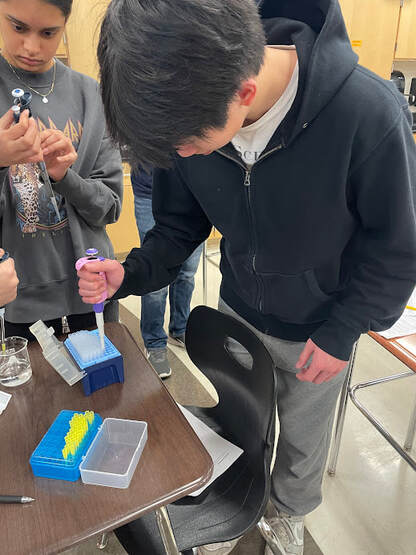 My next step was to figure out a way to test how acute exposures of wildfire smoke impact memory. I decided to use the adult memory assay to gauge adult memory after exposures. In order to complete the assay, the first thing I did was separate 15 adult males from my experimental groups. Then, I trained them to associate a banana scent with a negative reward through hot water exposure and to associate a pineapple scent with a positive reward through room temperature water exposure. To test if the flies were able to remember their training, I assessed whether or not they would be able to recollect the positive reward (pineapple scent). Through these tests, the flies that were exposed seven days ago (long exposure) and exposed the day of (acute exposure) experienced the greatest decline in memory. “Do different exposure times impact developmental cognition?” In the past three months, I can not believe how much I have grown and learned through the TRIP Initiative. At the beginning of the program, I was overwhelmed by the countless dilution calculations and the tedious fruit fly sorting process. But now, it’s become much smoother and quicker. Aside from the skills I’ve gained as a researcher, I was also able to gain insight into the science profession through the career talks that were held throughout. Not only that, I learned from and made friends with a group of intelligent and dynamic peers! I’d like to thank Dr. Purdy, Dr. Leystra, Austin, Keith for making TRIP amazing!
|
Archives
April 2024
Categories
All
|


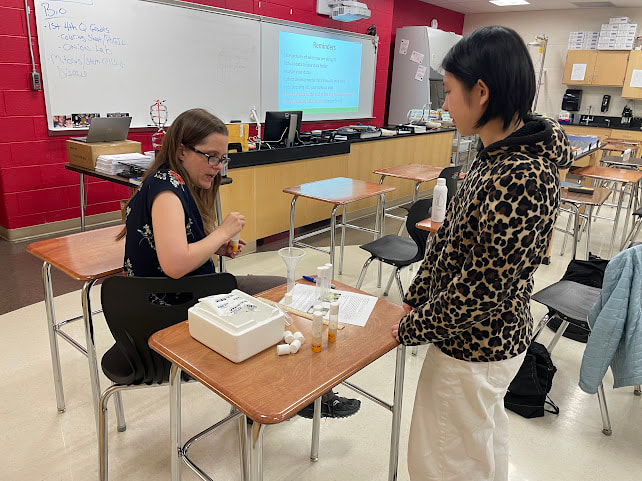


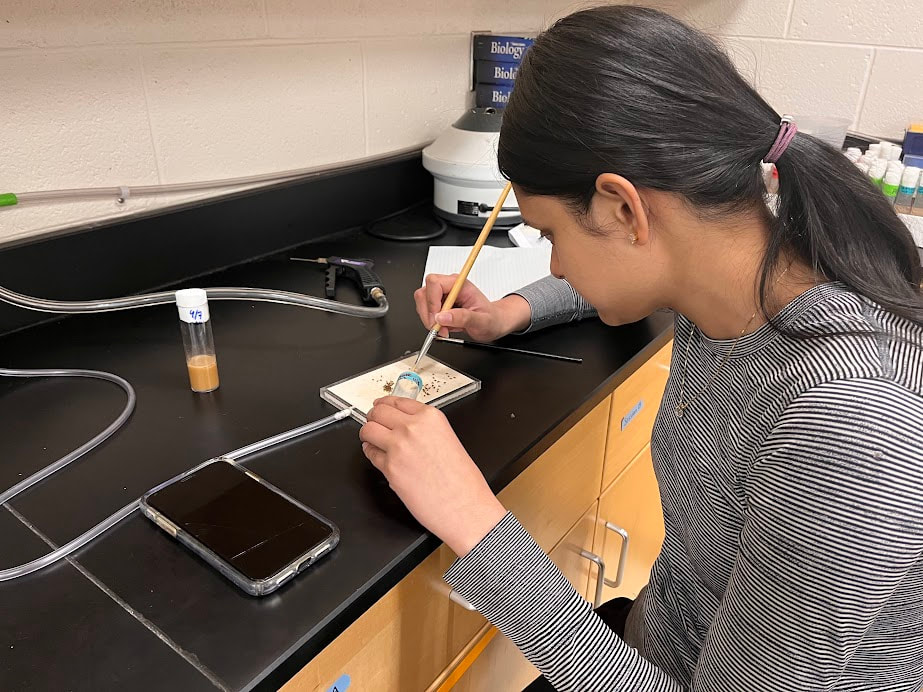




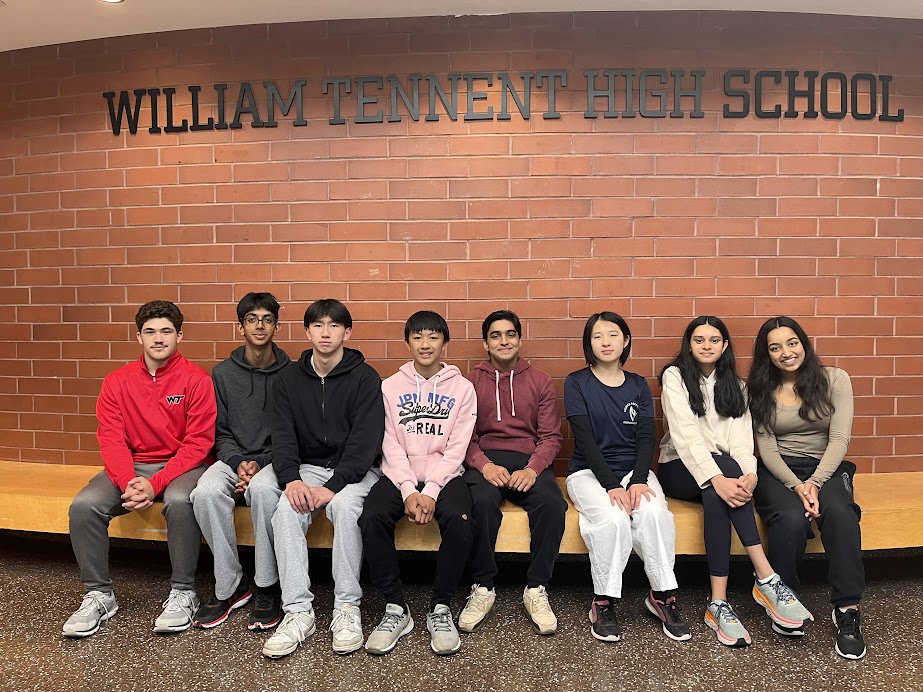
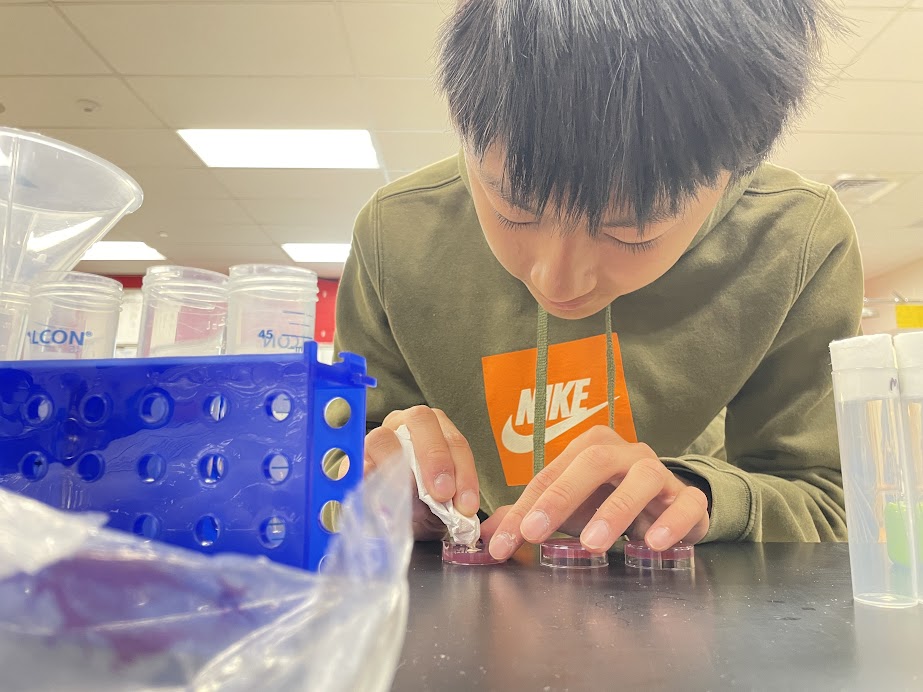
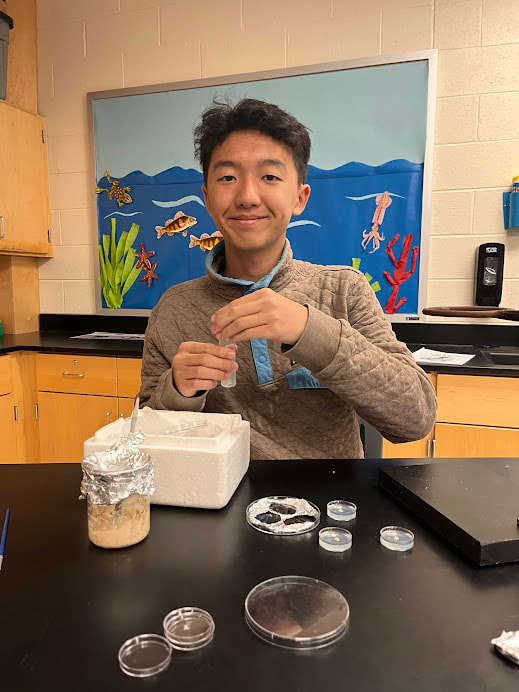
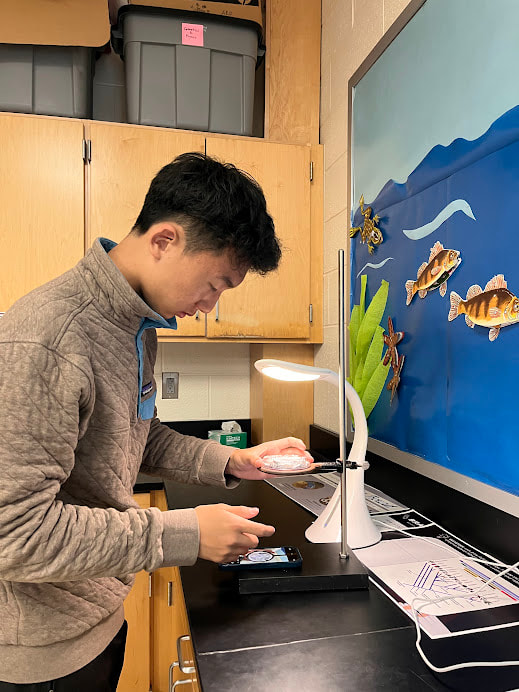
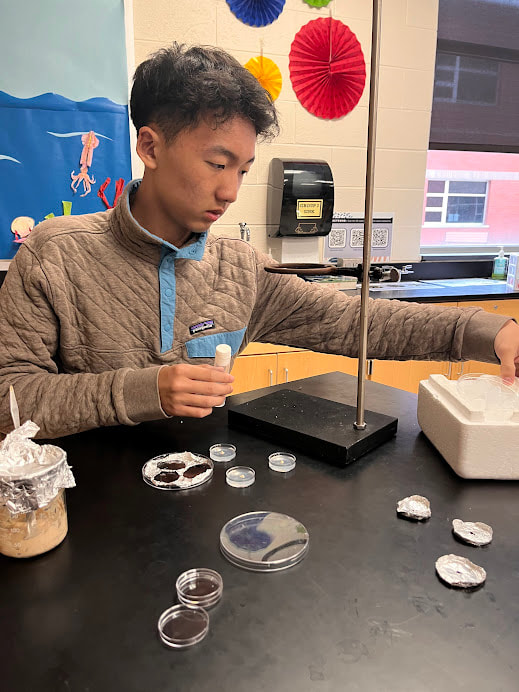
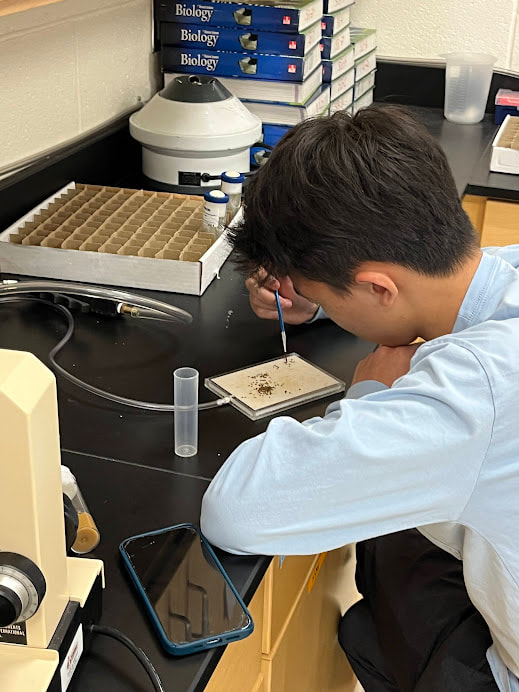

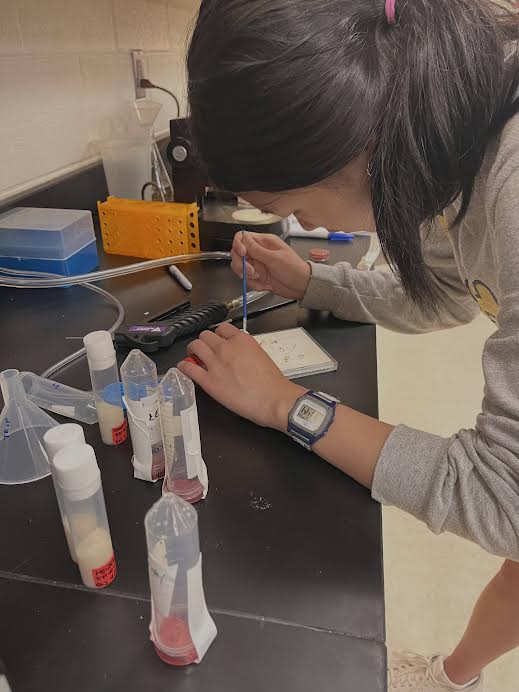

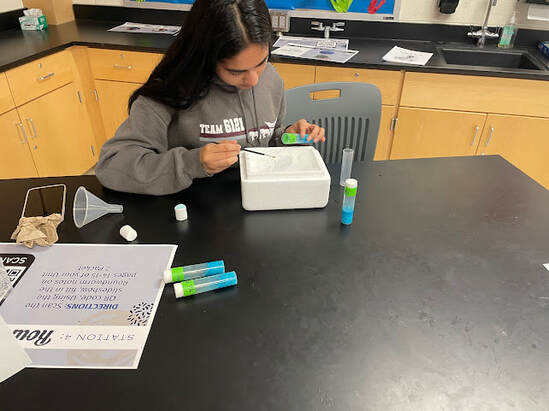
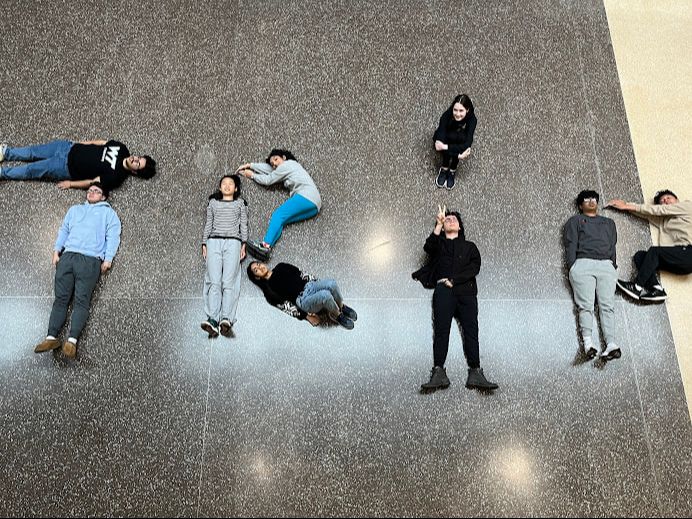

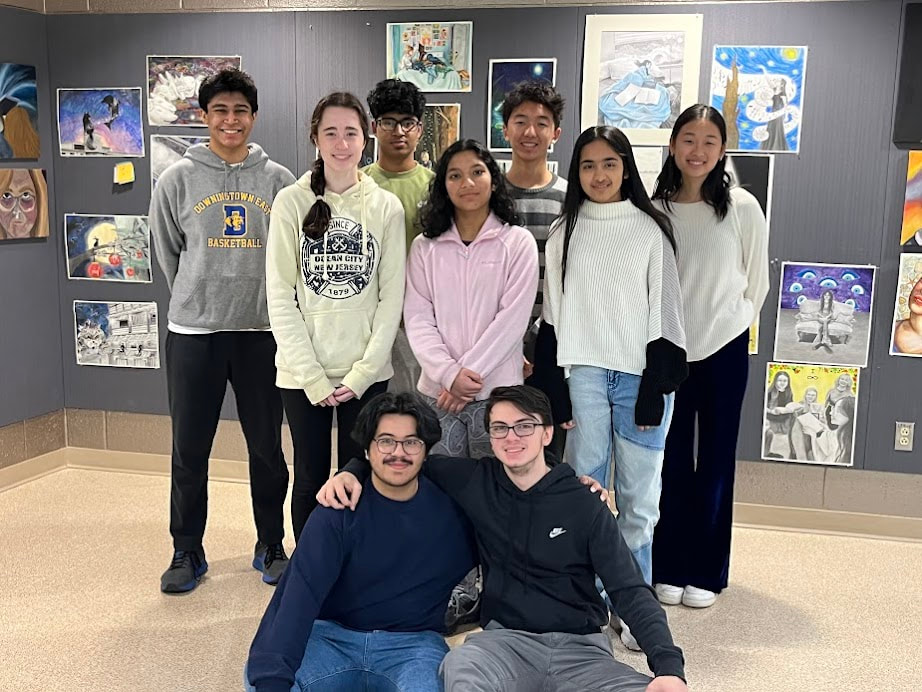
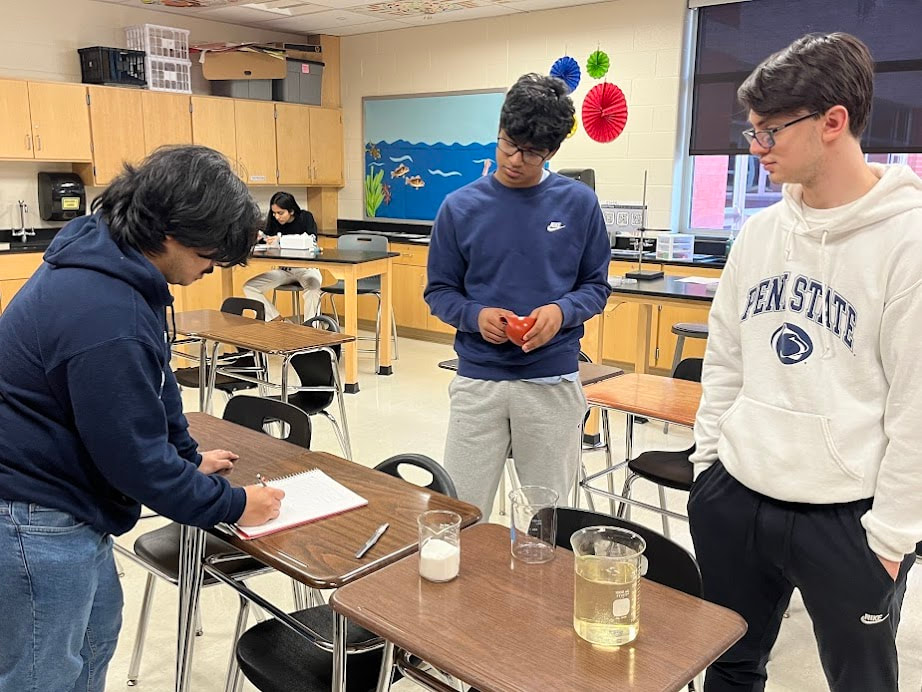
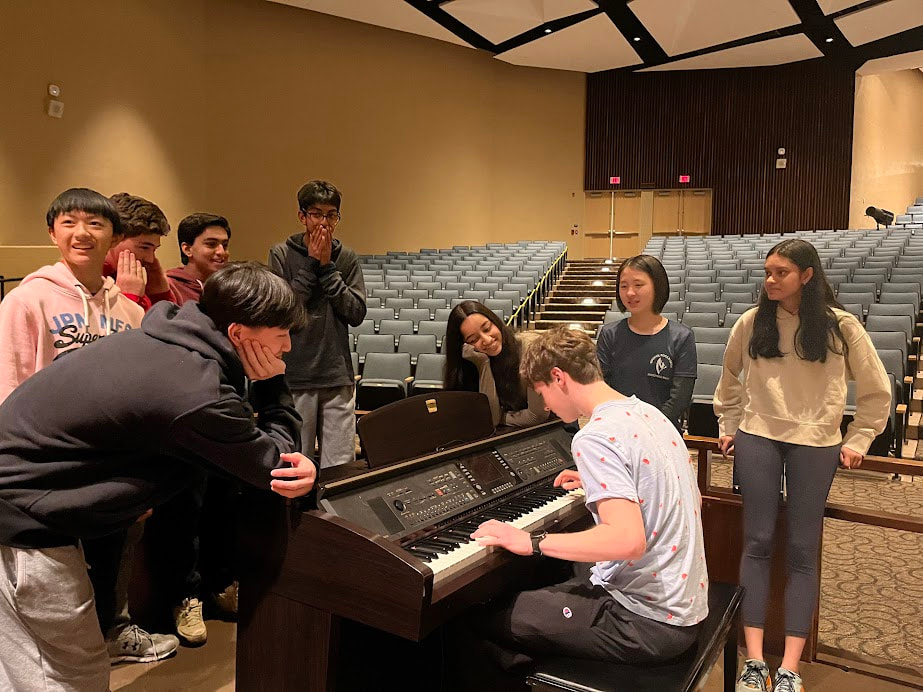

 RSS Feed
RSS Feed